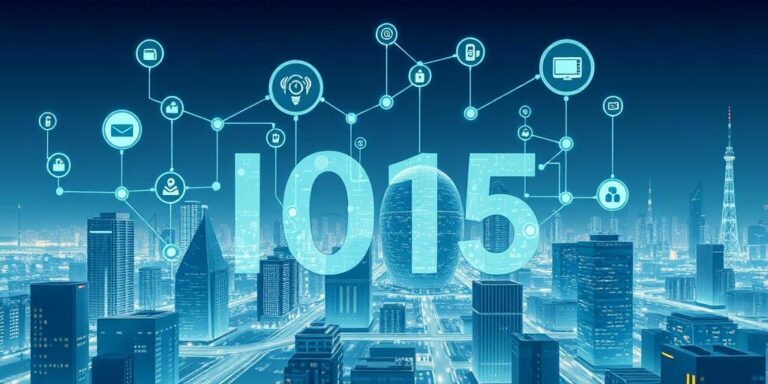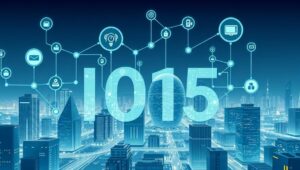IoT in 2025: From Billions to Trillions of Connected Devices
The Internet of Things (IoT) is rapidly transforming the world around us, connecting everyday objects to the internet and enabling them to communicate, analyze data, and make decisions. As we look towards 2025, the proliferation of IoT devices is expected to explode, moving from billions to trillions of connected devices. This article explores the driving forces behind this growth, the key applications and industries that will be impacted, and the challenges and opportunities that lie ahead.
Driving Forces Behind IoT Growth
Several factors are fueling the rapid expansion of IoT:
- Decreasing Hardware Costs: The cost of sensors, microcontrollers, and communication modules has significantly decreased, making it more affordable to integrate IoT capabilities into a wide range of devices.
- Advancements in Wireless Technologies: The development of low-power wide-area networks (LPWANs) like NB-IoT and LoRaWAN, as well as the increasing availability of 5G networks, provide the necessary connectivity infrastructure for IoT devices to communicate efficiently and reliably.
- Cloud Computing and Data Analytics: Cloud platforms offer scalable storage and processing capabilities, enabling businesses to collect, analyze, and derive valuable insights from the vast amounts of data generated by IoT devices.
- Artificial Intelligence and Machine Learning: AI and ML algorithms can be used to analyze IoT data in real-time, enabling predictive maintenance, automated decision-making, and personalized user experiences.
Key Applications and Industries
The impact of IoT will be felt across numerous industries, with some of the most promising applications including:
- Smart Homes: Connected appliances, lighting systems, security cameras, and entertainment devices will create more convenient, efficient, and secure living environments.
- Smart Cities: IoT sensors and devices will be used to monitor traffic flow, optimize energy consumption, manage waste, and improve public safety.
- Healthcare: Wearable devices, remote patient monitoring systems, and connected medical equipment will enable more personalized and proactive healthcare services.
- Manufacturing: IoT sensors and analytics will be used to optimize production processes, improve equipment maintenance, and enhance worker safety.
- Agriculture: Smart farming solutions, including precision irrigation systems, soil sensors, and drone-based monitoring, will help farmers increase yields and reduce resource consumption.
- Transportation and Logistics: Connected vehicles, fleet management systems, and real-time tracking solutions will improve efficiency, safety, and security in the transportation and logistics industries.
Challenges and Opportunities
While the potential of IoT is immense, several challenges need to be addressed to ensure its successful deployment and adoption:
- Security: As the number of connected devices increases, so does the risk of cyberattacks and data breaches. Robust security measures must be implemented to protect IoT devices and the data they generate.
- Privacy: The collection and analysis of personal data by IoT devices raise privacy concerns. Clear guidelines and regulations are needed to ensure that individuals’ privacy rights are protected.
- Interoperability: The lack of standardization in IoT protocols and data formats can hinder interoperability between devices from different manufacturers. Efforts are underway to develop common standards that will enable seamless communication and data exchange.
- Scalability: As the number of connected devices grows, IoT platforms and infrastructure must be able to scale to accommodate the increasing data volumes and processing demands.
- Skills Gap: The deployment and management of IoT systems require specialized skills in areas such as data analytics, cybersecurity, and embedded systems. Addressing the skills gap through training and education is crucial for the widespread adoption of IoT.
Despite these challenges, the opportunities presented by IoT are vast. By connecting devices, collecting data, and applying analytics, businesses and organizations can:
- Improve operational efficiency and reduce costs
- Enhance customer experiences and create new revenue streams
- Develop innovative products and services
- Solve pressing societal challenges, such as climate change and resource scarcity
Conclusion
The growth of IoT is set to accelerate in the coming years, with trillions of connected devices transforming industries and creating new opportunities. By addressing the challenges related to security, privacy, interoperability, and scalability, we can unlock the full potential of IoT and create a more connected, efficient, and sustainable world.




